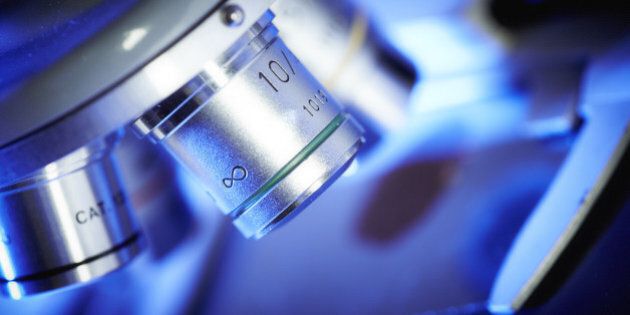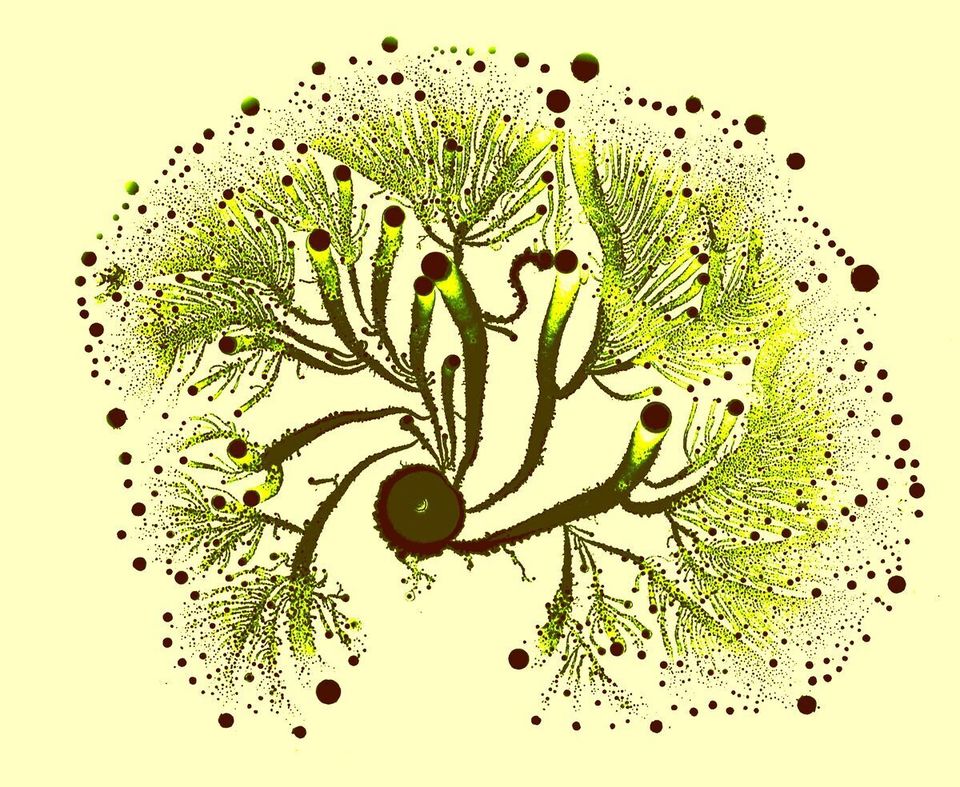
We do our best to be ready for any possible threat to our survival. None has put more fear in our hearts and resolve in our actions than zombies. These lurking undead creatures have captivated us and forced us to prepare for an apocalypse. Scientific reviews have revealed how we might be able to cope with the walking dead. Even the United States Centers for Disease Prevention and Control have published preparedness guidelines should the unthinkable happen. We are ready regardless of the fact human zombies don't exist.
But zombies are not purely fictitious. In the insect world, ants act like the walking dead when they are infected with a particular fungus. In the same way, cockroaches can fall victim when stung by a particular type of wasp. Then there are mice. A parasite can remove their instinctual fear of cats forcing them to wander around just waiting to be eaten. Thankfully, none of these are transmissible. Only the victim is affected meaning no apocalypse will occur.
But there is a case in which an organism can not only become a zombie, but also spread it to others. It's in the microbial world. Last week, an Israeli team of researchers revealed how a bacterial species can become a "zombie" and then spread it to others causing an apocalypse. Making this observation even more interesting was what they used to trigger the outbreak. It wasn't a living organism. Instead, it was a chemical: silver.
Silver has long been known to be toxic to bacteria and viruses. Researchers have been investigating the use of silver-containing nanoparticles for some time. The element has also been considered to have potential in the prevention of wound infections as well as keeping pathogens away from invasive medical devices such as catheters. For the team, this was the perfect choice for a zombie trigger.
For the experiments, they chose the bacterium, Pseudomonas aeruginosa. It's an environmental species but also is an opportunistic pathogen. When it gets into a wound or burn, it can cause major trouble and lead to significant medical treatment and possibly hospitalization. It can also get into the blood causing a life-threatening illness known as sepsis. If there was any good candidate for killing, it was this species. They grew up the bacterium in the lab and then tried to turn these potential killers of humans into killers of each other.
The procedure was quite simple. The team took the bacteria and added silver. After six hours, they separated the bacteria from the mix and shortly afterwards, introduced the cells to another fresh culture. After another six hours, the team investigated if the dead bacteria could somehow transfer death to the fresh cells.
The results were unbelievable. The silver-killed bacteria circulated among the living causing them to die. When compared to bacteria killed naturally by heat, these silver-affected cells killed over 100 times more victims. It was unexpected and forced the team to examine whether they had indeed formed zombie bugs.
The answer became clear when the cells were examined under the microscope. The silver had indeed killed the bacteria but didn't destroy them. Normally, a disinfectant bursts cells so it essentially is nothing more than piece of organic material. In this case, the bacteria were left intact. They had become shells of a once-living organism. Inside that shell was the silver.
As these now zombie bacteria wandered around, they would come into contact with a living cell and transfer the silver over. Although this wasn't exactly the same process as a human bite, the effect was the same. The silver entered the new cell and eventually killed its ability to live. The cycle continued without end until the experiment concluded.
Although the authors essentially confirmed the existence of microbial zombies, their goal was not to prove reality is stranger than fiction. Instead, they had hoped to show a new use for silver in treating wounds. But for those concerned about the zombie apocalypse, the evidence moves the second hand a little closer to midnight.
We now have another example of zombies on Earth and more importantly, how they can spread a different kind of death from one organism to another. Considering the rate of evolution, the effects of silver on bacteria could one day affect us all. Of course, in light of the time needed to evolve bacteria into human form, we should be safe for at least another one to two billion years.
ALSO ON HUFFPOST:
